Researchers often recommend a split step as a preparatory motion to enable quick movement for the next shot. Given that the majority of tennis strokes are hit under time pressure, it seems essential to provide the athlete with the best way to react and respond to these kind of situations. This post is focused on a 2014 research study by Nieminen and colleagues.
Nine healthy tennis players participated in a choice reaction test. The test consisted of reacting to a LED light stimulus and to move in that direction as fast as possible using the pivot step (moving out with the outside leg in the direction of the ball) as first step. Test was conducted with split step option and no split step option before the first step. Measurements taken during this test were: a) response time; b) force production time; c) total reaction time; d) horizontal and vertical mean forces; e) time to photocell. Apart from the measurements given from the choice test, other parameters were taken into account. Maximal Voluntary Contraction (MVC), Rate of Force Development (RFD), stretch-reflex and excitability of the motor neuron were registered. All these parameters would examine possible advantages of the split step over non-split step conditions and how force production capabilities, reflex sensibility and muscle activation patterns of leg muscles differ between situations.
We will divide results in two categories: time parameters and neuromuscular variables. Concerning time, in split step condition, response time, total reaction time and photocell time were significantly shorter (meaning faster) than with the no-split step condition. No differences were observed in the force production time. Observing the data available from the force plate we see that split step also produced greater vertical and horizontal peak and mean forces (more ground reaction forces). Neuromuscular variables highlighted that vertical and horizontal forces correlate negatively with the time from onset of force production to the photocell in the split step condition. Also forces correlated directly with the athlete’s RFD.
Split Step: Time registrations reveal that the split step was faster than no split step condition. This is related to timing of landing so players must be effective calculating when to execute the split step in order to make it effective. Also important is the split step technique, which includes greater forces on further foot from intended target and a pivot step to reach further and faster. Split step also developed greater forces. This may be explained by stretch reflex and elastic energy mechanisms (SSC). This study showed substantial pre-activation in some muscles before landing which is typically associated with reflex potentiation and stiffness regulation.
Non-Split Step: During this situation players leaned forward and dorsiflexed the foot, requiring greater anterior tibialis activation to enable ankle function. This preparatory movement is not as effective as the hop with split step. Although it seems a worse choice, in some occasions, split step can’t be used due to lack of time and/or improper timing. In these cases, it’s interesting that players have a well-developed strength base in anterior tibialis and vastus lateralis, muscles in charge and more involved in force production in these situations.
In conclusion, split step is faster and more effective if performed with proper timing. It generates more force due to the SSC and relies on its performance. Ankle function seems to have the greatest importance with split step. Now we can offer some practical applications based on information that we’ve been able to extract from the study review such as enhancing ankle function, strength on specific muscles, split step technique or SSC workout. When training athletes to move better it is important to work on Anterior tibialis strength, ankle range of motion to allow for more pronounced ground contacts.
References:
Nieminen et al. Effects of neuromuscular function and split step on reaction speed in the simulated tennis response. European Journal of Sports Science, 2014. Vol. 14, No. 4, 318-326.
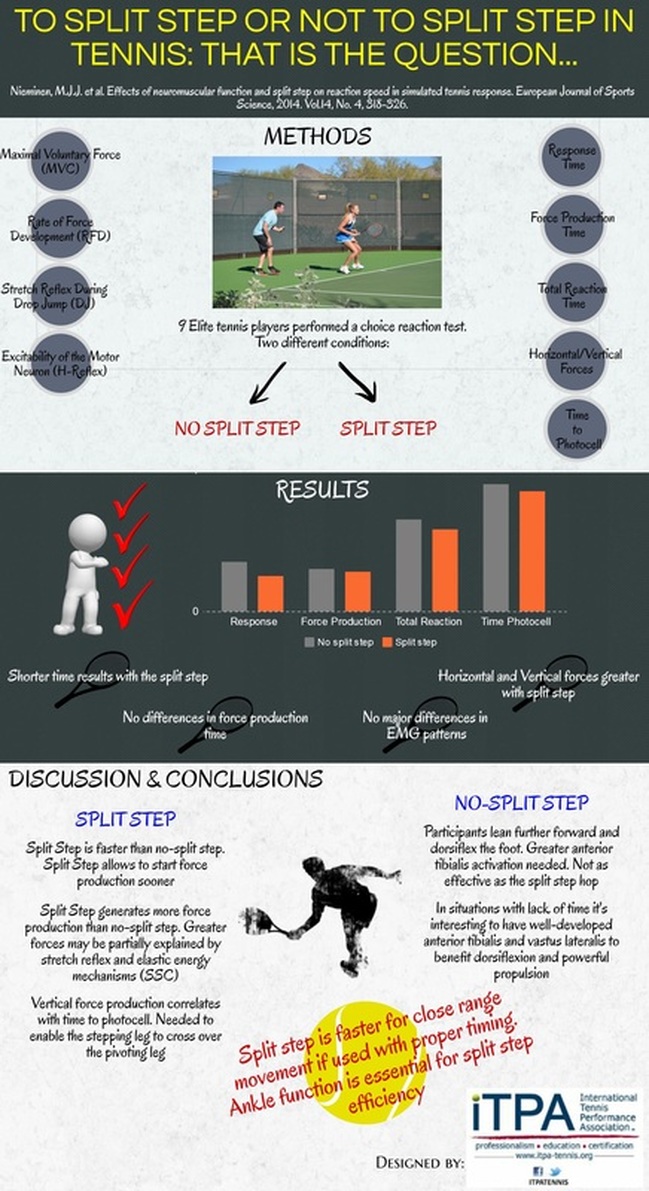
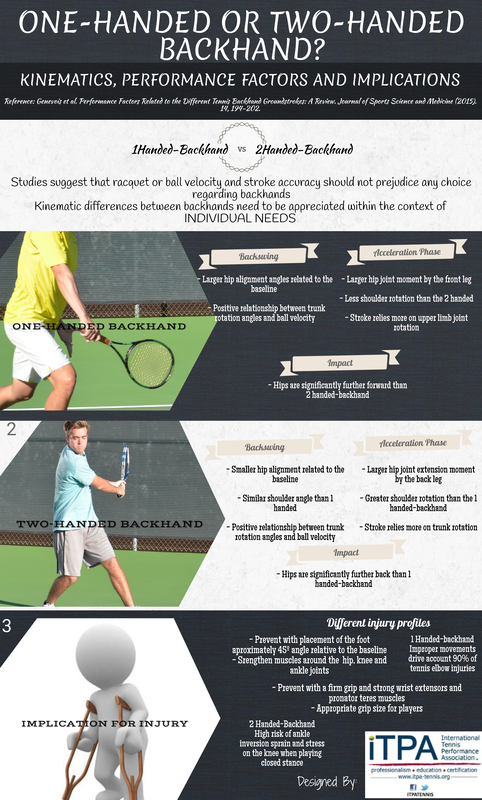
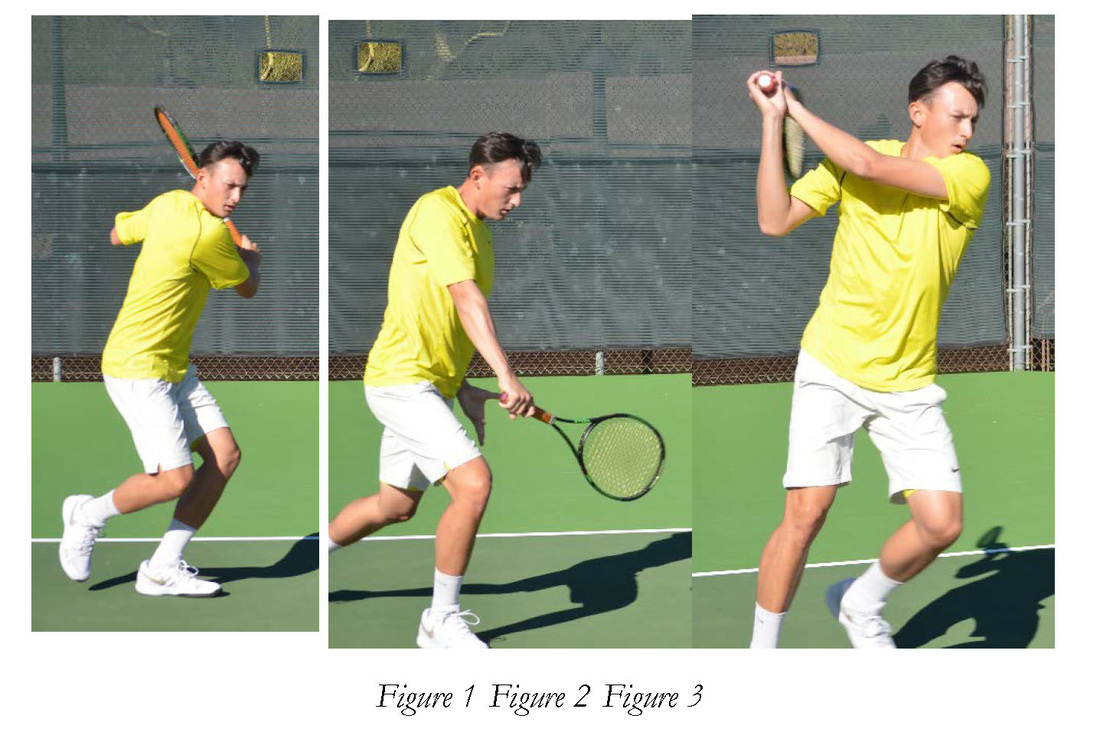
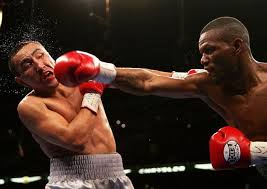
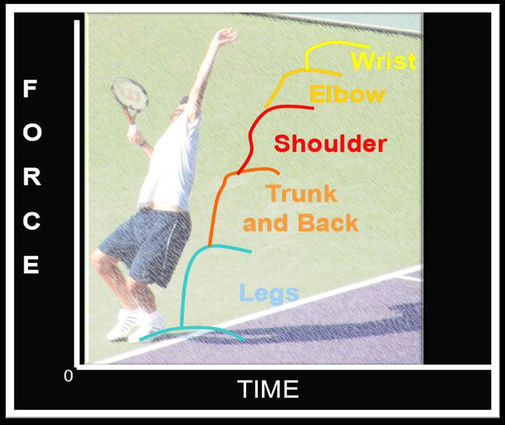

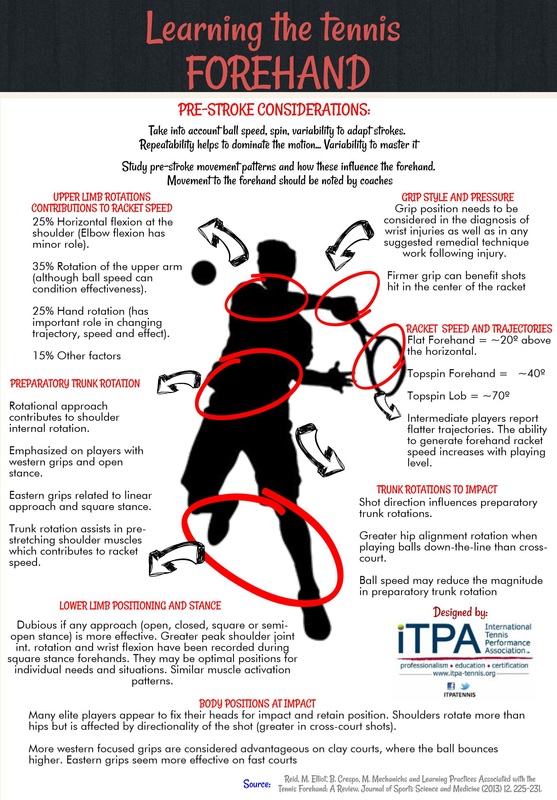
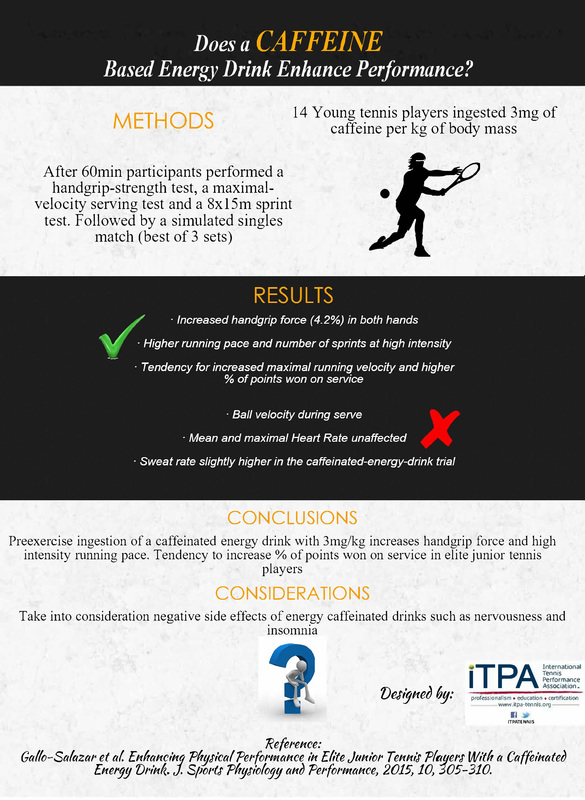
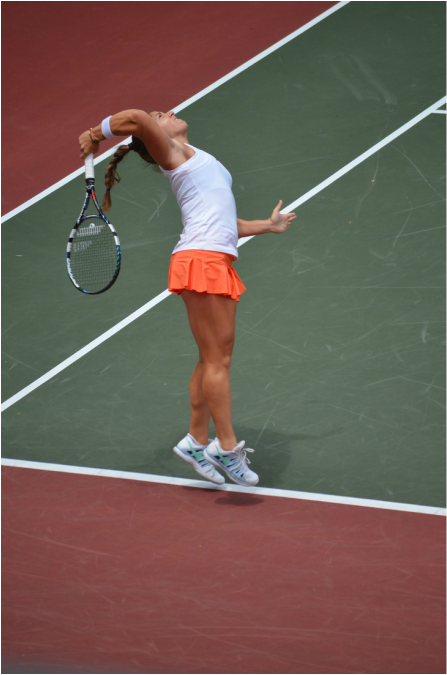
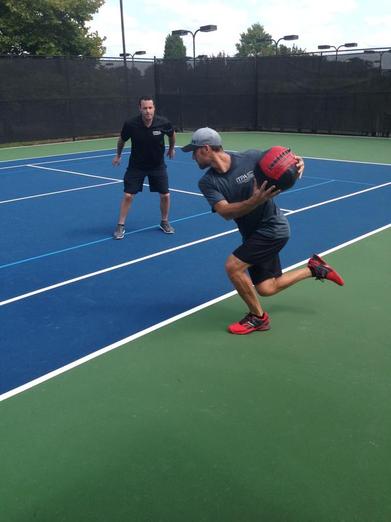
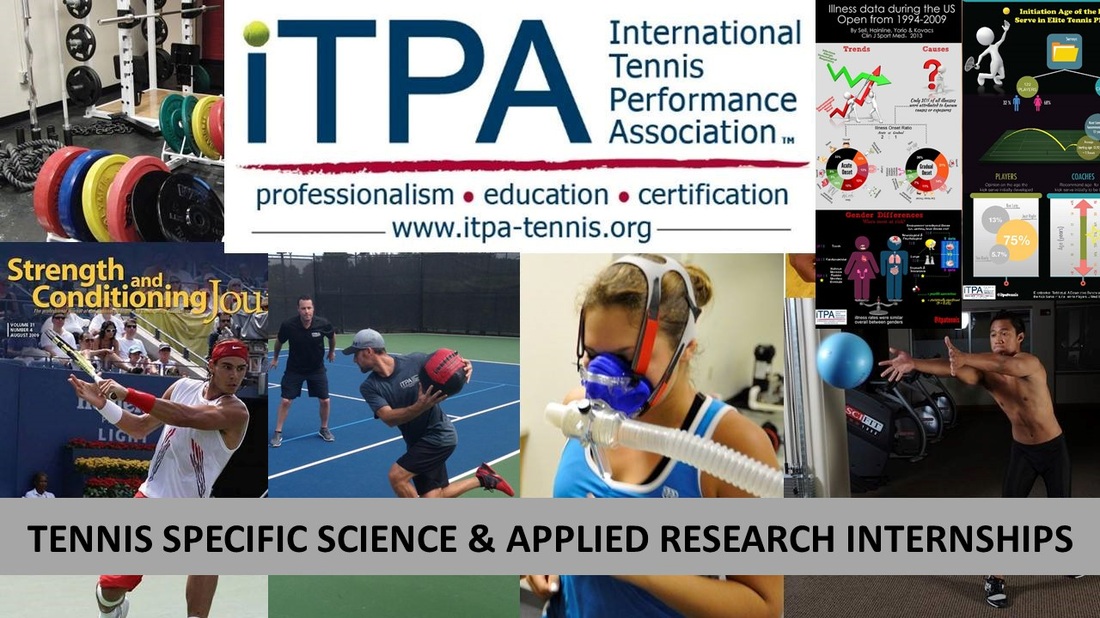

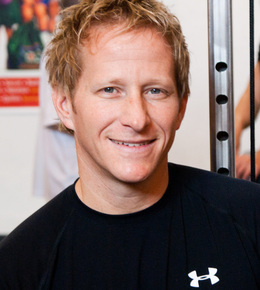



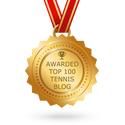
 RSS Feed
RSS Feed
